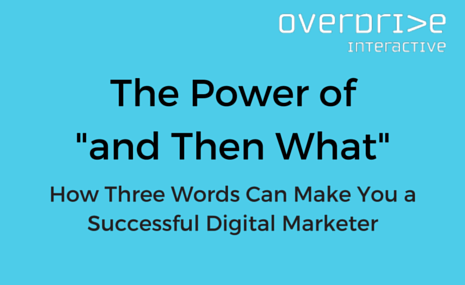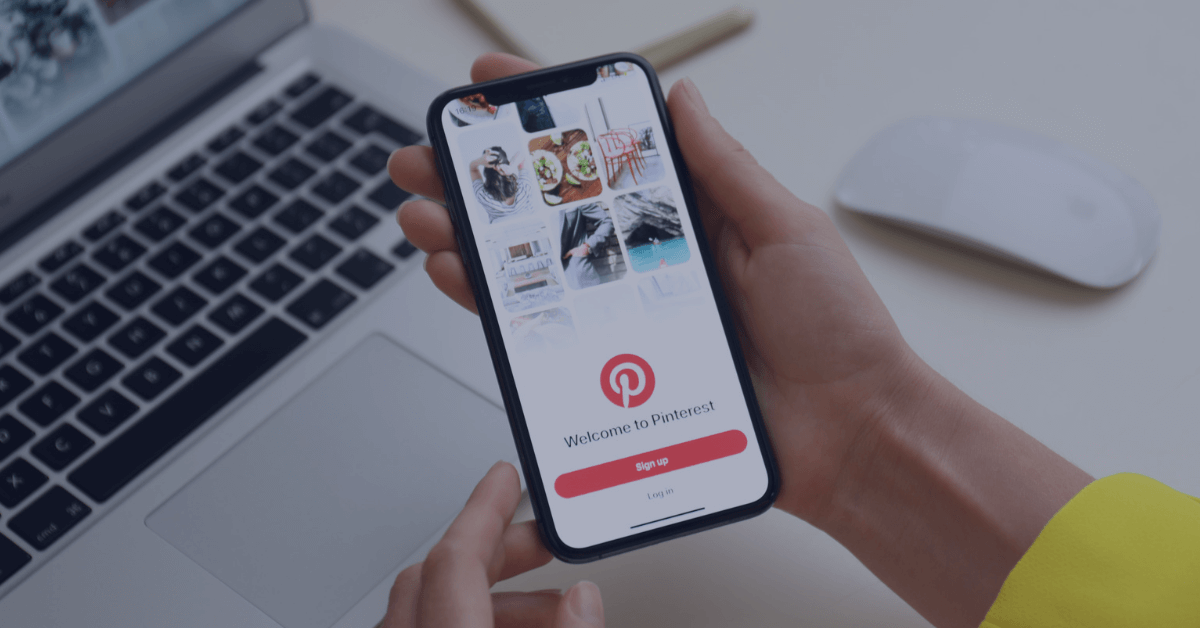One of the major roles I play as my company’s CEO is to act as an educator. It’s one of the most satisfying things I do in my career – I see people both on the client side and agency side transform from marketing experts to online marketing engineers.
Becoming a marketing engineer is one of the real challenges people face in becoming or transforming themselves into genuine online marketing experts. You need to bring everything together to connect the dots. You cannot be an expert in just one thing because everything is interrelated. The success of one step is dependent on the success of the next step. You need to map the whole ROI path from impression through engagement, conversion to retention, and finally tracking and analysis. Of course, it doesn’t stop there – you need to look at the whole cycle and say, “How do we improve?” And connecting all these parts requires knowledge of not just media and creative but the underlying technologies that drive people down the click and engagement path to success.
Now don’t be alarmed or intimated. You don’t have to be a coder to understand technology or be a marketing engineer; you simply have to understand what the technology does and be conversant in it. You have to know what different marketing technology applications and elements do. And to do this you simply have to a) surf the web and act like a consumer and take note of what happens, and b) Google industry terms that you hear people throwing out every day and read up on them. OK, there are some more complex technologies you should get your head around like cookies, web analytics, and marketing automation. But again, you don’t need to be a coder – you just have to understand what this stuff does.
So to get you on your way, I’m going to give you the trick to becoming a real digital marketer and true marketing engineer. It all boils down to asking one simple question.
“And Then What?”
Now say it again. And again. Now one more time. Asking this question over and over will help you to connect the dots. It forces you to map the whole customer and ROI journey you’re trying to encourage. It forces you to become a marketing engineer!
When you’re looking at your media plan, search ad, or banner (or any part of your marketing program), keep asking “And then what?” until you hit the ultimate end. That end may be conversion but typically it should go beyond that to include retargeting, retention, and analytics.
So let’s explore what asking “And then what?” yields in terms of user flow and tactics. If you can conceptualize this flow and understand it, congratulations! You have graduated and become a digital marketing engineer!
Sample “And then what?” user flow (B2B):
- User sees a banner or keyword ad with research report offer and clicks.
- User arrives on a targeted landing page promoting value of research report.
- Set tracking and retargeting cookies (Google Analytics, Dart, Google Network retargeting, Eloqua).
- User fills out lead gen form.
- System kicks out personalized auto-reply email.
- User presented with research report download .
- User also presented with more engagement options (engaging video, relevant links, more materials, etc.).
- User is encouraged to share the report via Facebook, Twitter, email, or other means.
- Lead data is sent into Eloqua for lead scoring and future marketing automation.
- Lead is sent into Salesforce to rapid response.
- Transaction and cost per lead tracked and reported in monthly campaign report.
- Google Network retargeting keeps brand top of prospect’s mind during purchase consideration phase for next 90 days.
- Sales rep cannot reach lead; lead goes cold.
- User returns via direct hit (yourdomain.com).
- Eloqua recognizes the visitor’s cookie and presents user with home page graphic/offer relevant to visitor’s original keyword product category.
- Eloqua pings Salesforce to “awaken” lead; scores lead as repeat visitor and valuable prospect and triggers series of events.
- System also informs sales rep of pages viewed by user.
- Eloqua kicks our personalized email to prospect based on site sections viewed in last user session.
- User is scored high enough based on user activity, title, and employing organization to activate print on demand direct mail piece.
- Sales rep reaches user and sets up a meeting.
- Deal is closed and contract revenue is reflected in long-term ROI report.
- Marketing automation (Eloqua) keeps customer engaged for cross-selling, up-selling, and retention.
- Data is consolidated into quarterly report for analysis so entire channel can be optimized.
You see what I’m getting at here? Whether you’re doing B2B or B2C, it doesn’t matter. If your goal is to make lasting connections with consumers and drive them into a retail environment, then map your way to that. The web (and the mobile web for that matter) has built in response and engagement potential that allows you to target, engage, convert, track, and in general escalate prospects to sale. It serves all phases of the customer lifecycle journey. Digital marketers understand the whole path and it starts by simply asking “And then what?”





